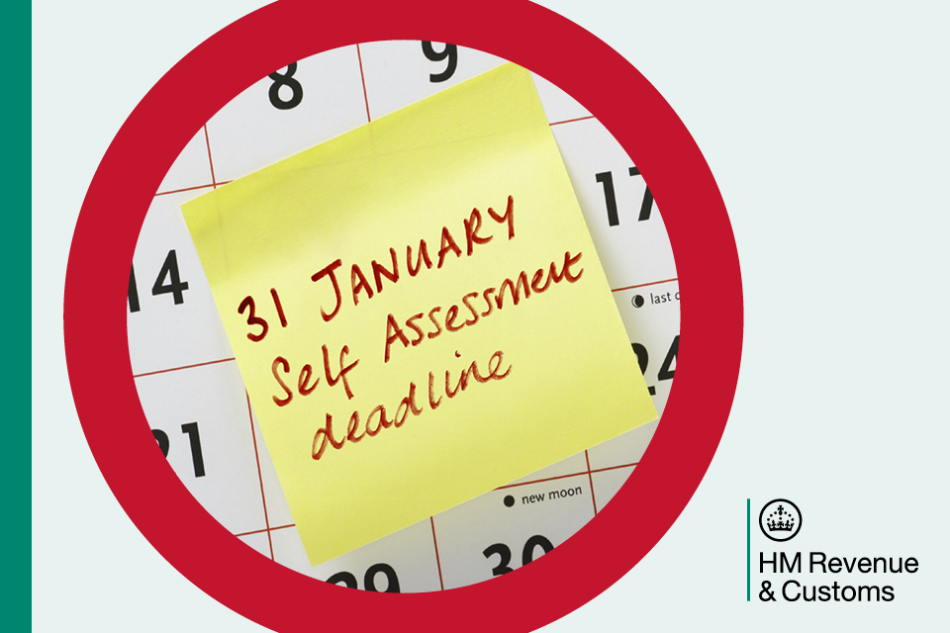Birmingham has bucked the national trend with a surge in adoptions. A total of 160 children in the care of the council found permanent new parents in 2016/17, according to data from the Department for Education. That compares to 110 in both 2014/15 and 2015/16.
The data covers all “looked-after” children: those in council-run homes, foster care, and other care settings.
At the same time, the total number of looked-after children has fallen in Birmingham. Some 2,525 children spent at least part of the year in care in 2016/17 compared to 2,670 in 2015/16 and 2,720 in 2014/15. Nationally, the number of children who spent at least some of the year in care has risen from 99,410 in 2014/15 to 100,940 in 2015/16 and 102,590 in 2016/17.
John Simmonds, director of policy at adoption and fostering organisation CoramBAAF, said: “There has been significant concern about the fall of children with a local authority adoption plan and then the number of children where the court makes relevant orders enabling this. There may be a number of factors contributing to this but the most widely held view is that this results from two judgments handed down by the Supreme Court and the Court of Appeal.
The number of looked-after children who were adopted has fallen to 4,710 in 2016/17 compared to 5,360 the previous year. Rising numbers of children in care have led successive governments to look at ways of making adoption an easier and faster process, but a number of court rulings dating back to 2013 stressed the need for councils to consider other options before turning to adoption - including placing the child with birth relatives.
The average waiting time to adopt a child currently stands at 425 days. "While most local authority numbers fell, a few actually increased the number of children placed for adoption,” Simmonds said.
"There is concern in the sector about these figures and most particularly on the impact on the welfare of children in the immediate and longer term. Another consequence has been a fall in the number of approved adopters and this is serious issue that needs urgent attention.”
The figures released by the DfE are rounded to the nearest five to protect anonymity.
















